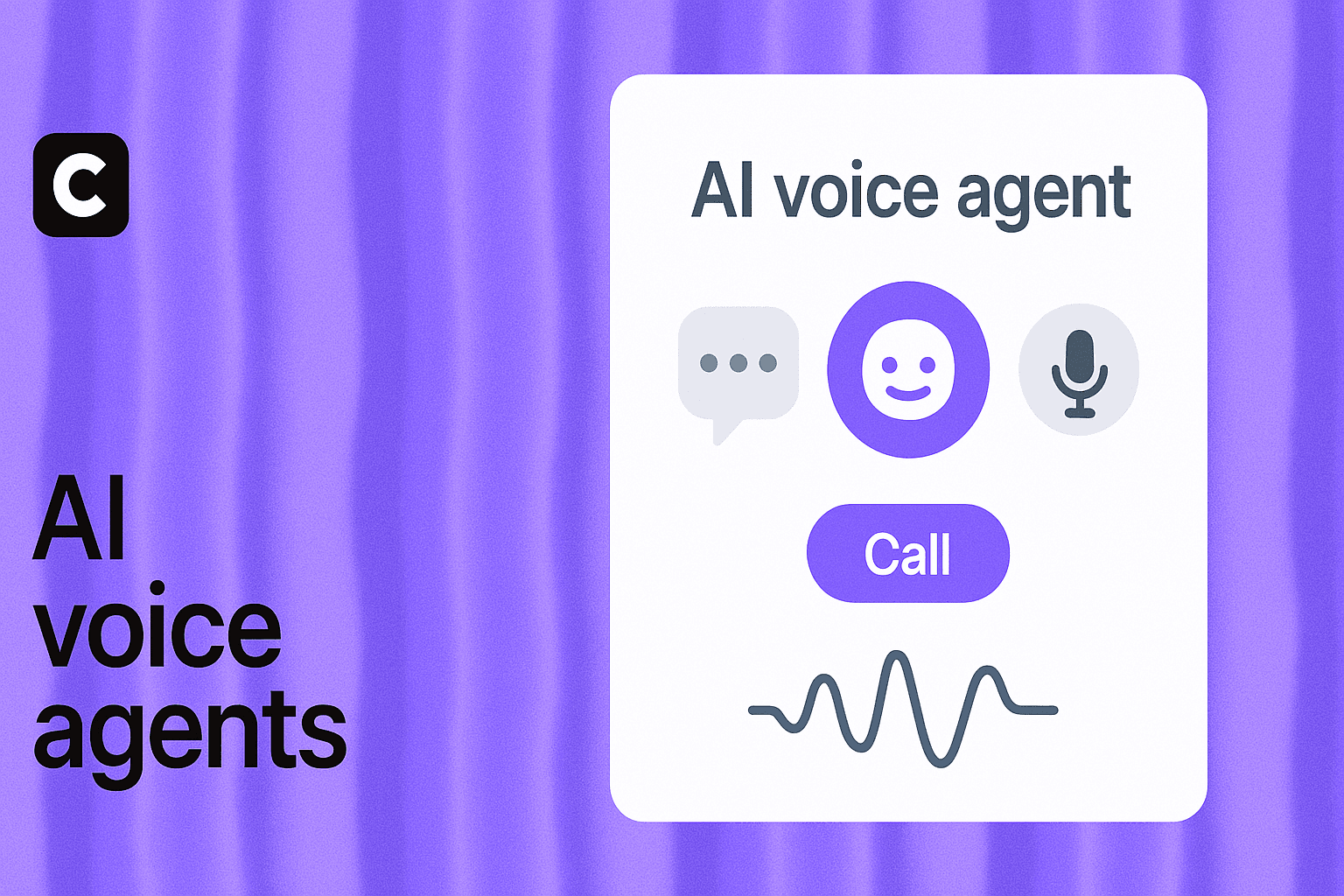Customer Service Automation
Ilias Ism
Aug 9, 2024
13 min read

Customer service automation uses technology to handle routine customer inquiries and tasks without human intervention.
It's revolutionizing how businesses interact with their customers, offering 24/7 support and faster response times.
But is it right for your business?
In this guide, you'll discover:
- The top benefits of automating customer service
- 5 key automation tools you can implement today
- How to balance automation with human interaction
- Real-world examples of successful automation strategies
Whether you're a small startup or a large corporation, learn how to leverage automation to improve customer satisfaction, reduce costs, and free up your team for more complex tasks.
Ready to transform your customer service? Let's dive in.
![[object Object]](/_next/image?url=https%3A%2F%2Fcdn.sanity.io%2Fimages%2Fi6kpkyc7%2Fprod-dataset%2F526b3e9c7e609ed91e1de0e7df4c55deefd51d46-1344x768.jpg&w=3840&q=75&dpl=dpl_7tntgJB8iWm72dhiFLjd2bFj7E8m)
Benefits of Customer Service Automation
Implementing automation in your customer service operations can provide several significant advantages:
1. 24/7 Availability
Automated systems allow you to offer round-the-clock support, ensuring customers can get help anytime, even outside of business hours.
This is especially valuable for global businesses serving customers across different time zones.
2. Faster Response Times
Automation tools like chatbots can provide instant responses to common queries, dramatically reducing wait times.
This leads to higher customer satisfaction, as 75% of customers believe fast response times are the most important aspect of customer service.
3. Increased Efficiency
By handling routine tasks automatically, your human agents can focus on more complex issues that require empathy and problem-solving skills.
This improves overall productivity and allows your team to provide higher-quality support where it matters most.
4. Cost Reduction
Automating repetitive tasks can significantly lower operational costs.
Studies show that implementing chatbots alone can reduce customer service costs by up to 30%.
5. Consistency in Service
Automated systems ensure consistent responses to similar queries, eliminating human errors and providing a uniform customer experience across all interactions.
6. Scalability
As your business grows, automation allows you to handle increased customer inquiries without a proportional increase in staff, making it easier to scale your support operations.
5 Essential Customer Service Automation Tools
To harness the power of automation, consider implementing these key tools:
1. AI-Powered Chatbots
Chatbots use artificial intelligence to understand and respond to customer queries in real-time.
They can handle a wide range of tasks, from answering FAQs to guiding customers through simple processes.
Pro Tip: Use a platform like Chatbase to easily create AI chatbots trained on your specific business data, ensuring accurate and relevant responses.
2. Interactive Voice Response (IVR) Systems
IVR systems automate phone interactions, allowing customers to navigate menus and access information without speaking to a human agent.
Modern IVR systems use natural language processing for a more conversational experience.
3. Knowledge Bases and Self-Service Portals
Comprehensive, searchable knowledge base software empower customers to find answers independently.
This reduces the load on your support team and caters to customers who prefer self-service options.
4. Automated Ticketing Systems
These systems automatically categorize, prioritize, and route customer inquiries to the appropriate department or agent.
This streamlines the support process and ensures faster resolution times.
5. Customer Relationship Management (CRM) Software
CRM systems with automation features can track customer interactions, automate follow-ups, and provide agents with relevant customer information during support conversations.
Balancing Automation with Human Touch
While automation offers numerous benefits, it's crucial to maintain a human element in your customer service strategy. Here's how to strike the right balance:
1. Use Automation for Routine Tasks
Implement automation for repetitive, straightforward inquiries, including features like automatic call distribution to route calls efficiently.
This frees up your human agents to handle more complex issues that require empathy, creativity, and critical thinking.
2. Provide Easy Escalation to Human Agents
Ensure your automated systems have clear options for customers to connect with a human agent when needed.
This is especially important for sensitive or complicated issues.
3. Personalize Automated Interactions
Use customer data to personalize automated responses.
This could include addressing customers by name or referencing their purchase history to provide more relevant support.
4. Continuously Train and Improve Your Systems
Regularly analyze customer interactions with your automated systems to identify areas for improvement.
Use this feedback to refine your automation tools and enhance their effectiveness.
5. Maintain a Human Presence on Social Media
While you can automate some social media responses, ensure that your social media channels also have human oversight to handle unique situations and maintain brand voice.
Real-World Examples of Successful Automation
Let's look at how some companies have effectively implemented customer service automation:
1. Spotify's Chatbot
![[object Object]](/_next/image?url=https%3A%2F%2Fcdn.sanity.io%2Fimages%2Fi6kpkyc7%2Fprod-dataset%2F305c37285254487038035fa633e0f20a2af81312-317x405.jpg&w=3840&q=75&dpl=dpl_7tntgJB8iWm72dhiFLjd2bFj7E8m)
Spotify uses a chatbot to handle common account and technical issues.
The bot can reset passwords, troubleshoot playback problems, and even understand and respond to emoji-based queries. For more complex issues, it seamlessly transfers customers to human agents.
2. Domino's Pizza Tracker
![[object Object]](/_next/image?url=https%3A%2F%2Fcdn.sanity.io%2Fimages%2Fi6kpkyc7%2Fprod-dataset%2Feeec882710efe0d68e25b9941461f3caa057b42f-1200x630.webp&w=3840&q=75&dpl=dpl_7tntgJB8iWm72dhiFLjd2bFj7E8m)
Domino's automated pizza tracker allows customers to follow their order from preparation to delivery. This proactive approach reduces customer inquiries about order status and enhances the overall experience.
3. Bank of America's Erica
![[object Object]](/_next/image?url=https%3A%2F%2Fcdn.sanity.io%2Fimages%2Fi6kpkyc7%2Fprod-dataset%2F22a02f6ac55799459f897824fa792aa4fbb46ba0-512x250.jpg&w=3840&q=75&dpl=dpl_7tntgJB8iWm72dhiFLjd2bFj7E8m)
Bank of America's AI-powered virtual assistant, Erica, helps customers with various banking tasks, from checking account balances to scheduling payments.
Erica can understand natural language queries and provide personalized financial insights.
4. Adobe's Customer Support Community
![[object Object]](/_next/image?url=https%3A%2F%2Fcdn.sanity.io%2Fimages%2Fi6kpkyc7%2Fprod-dataset%2F96321bbd7307f1564108a9534e1a3e4c805f8b56-380x329.png&w=3840&q=75&dpl=dpl_7tntgJB8iWm72dhiFLjd2bFj7E8m)
Adobe combines automation with community-driven support.
Their AI-powered search function helps users find relevant answers from their extensive knowledge base and community forums.
This approach reduces the load on their support team while fostering a sense of community among users.
Implementing Automation in Your Customer Service Strategy
Ready to incorporate automation into your customer service?
Follow these steps:
1. Assess Your Current Process
Identify areas in your customer service workflow that are repetitive, time-consuming, or prone to human error.
These are prime candidates for automation.
2. Choose the Right Tools
Select automation tools that integrate well with your existing systems and align with your specific business needs.
Consider factors like scalability, customization options, and ease of use.
3. Start Small and Iterate
Begin by automating one or two processes and gradually expand.
This approach allows you to learn from early implementations and make necessary adjustments.
4. Train Your Team
Ensure your customer service team understands how to work alongside automated systems.
Provide training on when and how to intervene in automated interactions.
5. Monitor and Optimize
Regularly analyze the performance of your automated systems. Use metrics like customer satisfaction scores, resolution times, and agent productivity to gauge success and identify areas for improvement.
Conclusion
Customer service automation is no longer a luxury—it's a necessity for businesses looking to stay competitive in today's fast-paced market. By implementing the right automation tools and strategies, you can significantly enhance your customer experience while reducing operational costs.
Remember, the goal of automation isn't to replace human agents but to augment their capabilities. When done right, automation handles routine tasks efficiently, allowing your team to focus on building meaningful relationships with customers and tackling complex issues that require a human touch.
As you embark on your automation journey, keep the customer at the center of your strategy. Continuously seek feedback, iterate on your processes, and strive to create a seamless blend of automated efficiency and human empathy.
Ready to take your customer service to the next level? Start by exploring AI-powered chatbot solutions like Chatbase to see how easily you can implement intelligent automation in your customer interactions.
By embracing automation while preserving the irreplaceable value of human connection, you'll be well-positioned to deliver exceptional customer service in the digital age.
Share this article:






